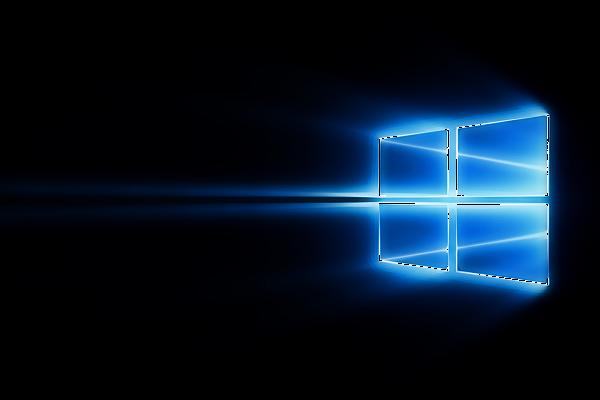Published on the 26/04/2017 | Written by Newsdesk

Dull but important reason for faster migration to more recent OS…
Migration to Windows 10 is expected to be faster than previous operating system (OS) adoption, according to a survey by Gartner, Inc. The study showed that 85 percent of enterprises will have started Windows 10 deployments by the end of 2017.
Readers will note that Windows 10 isn’t all that new, having been introduced about two years ago. It followed the brief but ugly Windows 8/8.1 experiment.
One of Microsoft’s biggest problems in terms of shifting business users to its newer operating systems is the stickiness of the good ones gone past. Windows XP delivered unexpected longevity and a quick squiz at NetMarketShare shows that the OS introduced in 2001 is still installed on 7.44 percent of computers today.
And, after the unmitigated disaster of unloved Vista, the world’s biggest OS vendor dropped another tenacious offering with the outstanding Windows 7, essentially a ‘working’ version of Vista (which didn’t really work very well at all. Not even after Service Pack 1. Or 2). Today, this is Windows 10’s biggest competitor – released in 2009, it is on just shy of half the world’s computers today.
Windows 10, on the other hand, has done exceptionally well in the two years since the covers were shaken off, and is on a quarter of all computers, again, according to NetMarketShare; most of that growth is likely to have come at the expense of hated Windows 8/8.1.
Back to Gartner, which said in a statement that it surveyed a little over 1,000 enterprise respondents who were involved in decisions for Windows 10 migration between September and December of 2016.
“Organisations recognise the need to move to Windows 10, and the total time to both evaluate and deploy Windows 10 has shortened from 23 months to 21 months between surveys that Gartner did during 2015 and 2016,” said Ranjit Atwal, research director. “Large businesses are either already engaged in Windows 10 upgrades or have delayed upgrading until 2018. This likely reflects the transition of legacy applications to Windows 10 or replacing those legacy applications before Windows 10 migration takes place.”
So, what’s that dull but important reason driving faster migration? Security.
When asked what reasons are driving their migration to Windows 10, 49 percent of respondents said that security improvements were the main reason for the migration. The second most-often-named reason for Windows 10 deployment was cloud integration capabilities (38 percent). However, budgetary approval is not straightforward.
“Windows 10 is not perceived as an immediate business-critical project; it is not surprising that one in four respondents expect issues with budgeting,” said Atwal.
There are other reasons for updating to the latest Windows OS, too: “Respondents’ device buying intentions have significantly increased as organisations saw third- and fourth-generation products optimised for Windows 10 with longer battery life, touchscreens and other Windows 10 features. The intention to purchase convertible notebooks increased as organisations shifted from the testing and pilot phases into the buying and deployment phases,” said Meike Escherich, principal research analyst at Gartner.



























